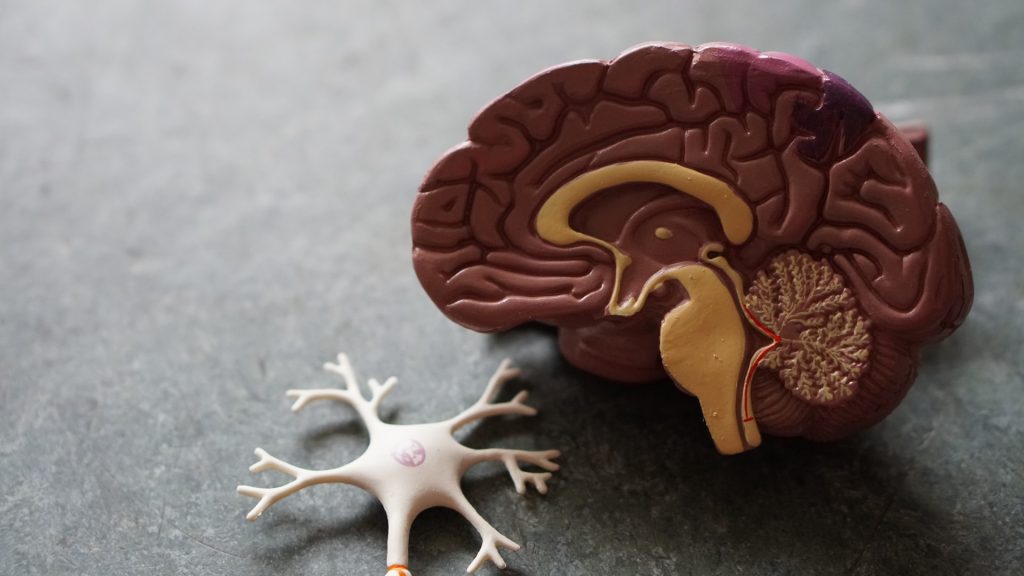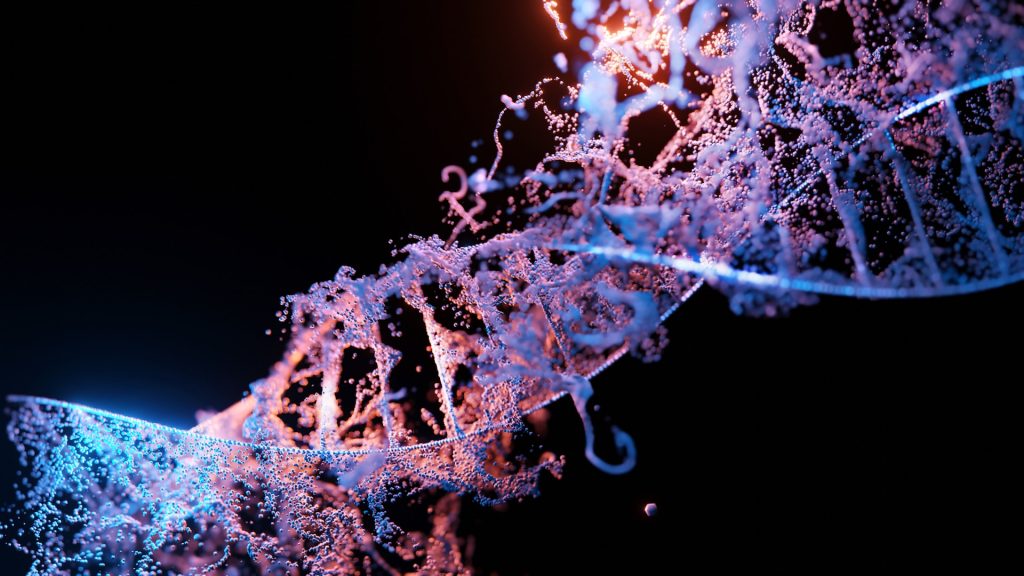Growth of New Neurons May Reverse Damage in Huntington’s Disease

New research shows that the adult brain can generate new neurons that integrate into key motor circuits. The findings demonstrate that stimulating natural brain processes may help repair damaged neural networks in Huntington’s and other diseases.
“Our research shows that we can encourage the brain’s own cells to grow new neurons that join in naturally with the circuits controlling movement,” said Abdellatif Benraiss, PhD, a senior author of the study, which appears in the journal Cell Reports. “This discovery offers a potential new way to restore brain function and slow the progression of these diseases.” Benraiss is a research associate professor in the University of Rochester Medical Center (URMC) lab of Steve Goldman, MD, PhD, in the Center for Translational Neuromedicine.
Is neuron regeneration in the adult brain possible?
It is now understood that niches in the brain contain reservoirs of progenitor cells capable of producing new neurons. While these cells actively produce neurons during early development, they switch to producing support cells called glia shortly after birth. One of the areas of the brain where these cells congregate is the ventricular zone, which is adjacent to the striatum, a region of the brain devastated by Huntington’s disease.
The idea that the adult brain retains the capacity to produce new neurons, called adult neurogenesis, was first described by Goldman and others in the 1980s while studying neuroplasticity in canaries. Songbirds, like canaries, are unique in the animal kingdom in their ability to lay down new neurons as they learn new songs. The research in songbirds identified proteins—one of which was brain-derived neurotrophic factor (BDNF)—that direct progenitor cells to differentiate and produce neurons.
Further research in Goldman’s lab showed that new neurons were generated when BDNF and another protein, Noggin, were delivered to progenitor cells in the brains of mice. These cells then migrated to a nearby motor control region of the brain—the striatum—where they developed into cells known as medium spiny neurons, the major cells lost in Huntington’s disease. Benraiss and Goldman also demonstrated that the same agents could induce new medium spiny neuron formation in primates.
Rebuilding and reconnecting brain networks
The extent to which newly generated medium spiny neurons integrate into the brain’s networks has remained unclear. The new research, conducted in a mouse model of Huntington’s disease, demonstrates that the newly generated neurons connect with the complex networks in the brain responsible for motor control, replacing the function of the neurons lost in Huntington’s.
The researchers used a genetic tagging method to mark new cells as they were created, which allowed them to follow them over time as they developed new connections. This enabled the researchers to map the connections between the new neurons, their neighbours, and other brain regions. Employing optogenetics techniques, the researchers turned the new cells on and off, confirming their integration into broader brain networks important for motor control.
A new path for Huntington’s disease therapies
The study indicates that a possible treatment for Huntington’s disease would be to encourage the brain to replace lost cells with new, functional ones and restore the brain’s communication pathways. “Taken together with the persistence of these progenitor cells in the adult primate brain, these findings suggest the potential for this regenerative approach as a treatment strategy in Huntington’s and other disorders characterised by the loss of neurons in the striatum,” said Benraiss.
The authors suggest this approach could also be combined with other cell replacement therapies. Research in Goldman’s lab has shown that glial cells called astrocytes also play an important role in Huntington’s disease. These cells do not function properly in the disease and contribute to the impairment of neuronal function. The researchers have found that replacing the diseased glial cells with healthy ones can slow disease progression in a mouse model of Huntington’s. These glial replacement therapies are currently in preclinical development.





